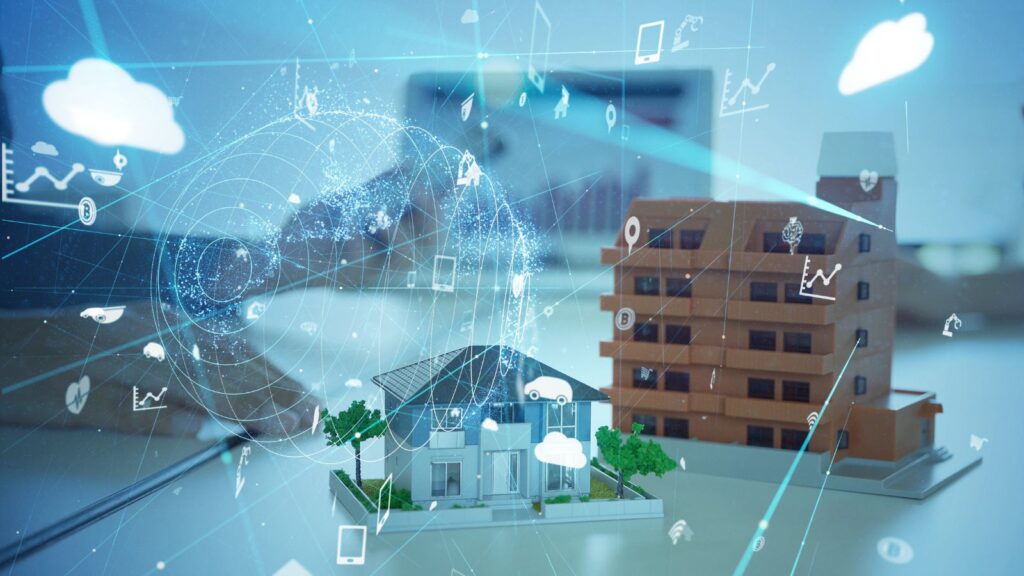In today’s world, securing one’s home isn’t just a matter of choice but a strategic decision. This piece delves into the intriguing correlation between home security systems and risk management.
Securing your home with fire watch services in Texas involves hiring trained professionals to monitor and prevent fire hazards, especially during construction, maintenance, or when fire alarm systems are nonoperational. These services typically include regular inspections, maintaining clear access to fire exits, and ensuring compliance with local fire codes. It’s crucial to work with licensed providers who understand Texas regulations to mitigate risks and enhance safety for residents and property.
It’s a common misconception that home security systems are mere burglary deterrents. In reality, they’re comprehensive risk management tools, safeguarding your sanctuary from a plethora of potential threats, such as the need for fire protection services Los Angeles.
How is Having a Security System for Your Home a Risk Management Strategy
Risk management plays a pivotal role in home security. It’s a practice aimed at identifying, assessing, and taking proactive measures against potential dangers that could jeopardize the safety of a home and its occupants. Understanding risk management in the context of home security can help homeowners invest in the right systems and adopt the correct strategies to protect their properties.
Defining Risk Management
 Risk management refers to the process of identifying and evaluating potential risks, followed by implementing strategic plans to mitigate them. In the context of a home, risks may range from burglaries, fires, to even natural disasters. Thus, risk management offers a comprehensive approach for identifying these threats before they occur, outlining response plans and measures for prevention or reduction of the impact.
Risk management refers to the process of identifying and evaluating potential risks, followed by implementing strategic plans to mitigate them. In the context of a home, risks may range from burglaries, fires, to even natural disasters. Thus, risk management offers a comprehensive approach for identifying these threats before they occur, outlining response plans and measures for prevention or reduction of the impact.
An example can be observed in homeowners insuring their homes against various types of risks such as theft, fire or flood damage. These risks can be easily avoided by preparing your home for all the possible things that can happen like maintaining or installing a wrought iron fence, lighting up your driveway, or even as simple as keeping a guard dog around your perimeter would be helpful enough.
This is a typical example of a financial risk management strategy. It prepares homeowners for potential accidents by minimizing financial losses.
Types of Security Systems and Their Risks
Diving deeper into the subject, let’s discern the two broad categories of home security systems: Traditional Alarm Systems and Modern Smart Security Solutions. Each system varies in functionality, technology, and the risks they manage. However, both play a crucial role in the risk management strategy for a home.
Traditional Alarm Systems
Traditional alarm systems serve as the primary defense against intrusions, burglaries, and fires. When triggered, these systems typically emit loud noises to alert residents and, in turn, scare off potential invaders.
However, the effectiveness of traditional alarm systems can fall short in risk management, owing to several inherent risks as follows,

- Dependence on Landline: These systems rely on landlines and pose a risk of being deactivated if the line gets cut.
- False Alarms: Triggering false alarms due to technical glitches or user errors can lead to unnecessary panic and confusion.
- Lack of Quick Response: Once an alarm is activated, it is up to the homeowner or the neighbors to call for assistance, which could cause delays potentially resulting in damage or loss.
Assessing the Risks Managed by Home Security Systems
Since the dawn of time, man has sought safety. With advancements in technology, protection has morphed from the primitive walls and moats of castles to the intricate electrical networks of contemporary home security systems. Paramount for the preservation of household peace, these ingenious devices tackle a spectrum of risks, primarily theft, burglary, and environmental hazards. To appreciate the extent to which home security systems manage risks, one must ascertain the essentials of security measures against such various threats.
Theft and Burglary Prevention
 Theft prevalence serves as a glaring testament to the necessity of home security systems. In 2017, FBI reported approximately 1.4 million burglaries across the United States, translating to a robbery every 22.6 seconds. Implying that without adequate security measures, an average homeowner stands substantial risk of burglary at some point in time.
Theft prevalence serves as a glaring testament to the necessity of home security systems. In 2017, FBI reported approximately 1.4 million burglaries across the United States, translating to a robbery every 22.6 seconds. Implying that without adequate security measures, an average homeowner stands substantial risk of burglary at some point in time.
A perfectly calibrated home security system, pioneering in technology, dramatically minimizes these odds. Its Intuitive alerts provide an instant warning to homeowners of break-in attempts, ensuring swift action. Advanced systems even extend this vigilance to remote access, allowing homeowners to monitor their homes even in their absence, affirming their appeal as vital theft and burglary deterrence tools.



